The Glaringly Painful Gap Between Social Metrics and Meaning
A little field guide for frustrated social media marketers who know those reporting dashboards aren’t telling the truth. Or at least not the full picture.
It’s easy to convince yourself you’re listening when you have numbers to point to. I had the charts. The green arrows. The dashboards dressed up in a few pretty slides for the company wide meeting. Follower growth was up. Engagement rate, healthy. As I was reciting off the scribbled notes on how much our impressions had been green MoM, I thought this was proof that the hard work was working.
And all was good — until someone asked the kind of question I wasn’t prepared for: "So what does this actually mean for the business?"
I fully stumbled. Said something about brand awareness. Something else about community. I watched the little faces on Zoom, all of which were a mix of polite, confused, skeptical and felt the breath tighten in my chest.
Because the truth was, I had no fucking clue. At least not in a way that mattered.
I knew how to measure activity.
I didn’t know how to prove impact.
You know monitoring is not actually listening, right?
Marketing, as it's commonly practiced today, rewards activity disguised as insight. We ship more content, chase more impressions, report more engagement, because the systems we work inside are built to demand motion. Motion looks good on paper. It fills slides for quarterly reviews. It satisfies the question, "what did marketing do?" even when the better question, "but did it matter?" goes unanswered.
For a long time, I thought motion would be the thing that makes me successful at my job. If the charts were green and if the numbers climbed, it obviously meant the work was working. In theory, when you show those things then no one should be asking the harder questions about whether we were growing in the right ways. Go deep: whether the audiences we were reaching still cared, or whether the brand we were building would stand through the next market shift.
We tell ourselves we’re listening because we monitor for brand mentions and track social trends. But monitoring isn't listening. Social monitoring is still very much brand-centered which is a way to feel reassured that our content, and therefore our brand, is still being seen.
Real social listening has to goes further than the surface visibility. When you’re using it the right way, you’ll can actually hear where attention, emotion, and logic are drifting. Way before it shows up in a campaign recap or a sales report.
What listening on social actually looks like
I swear, I’m even annoyed at myself for saying the same thing like a broken record but, because people don’t get it, you gotta say it a million times: Social media today isn't just a publishing tool. Ask anyone who works in the field and you’ll hear this same message framed 100 different ways. It's the fastest moving, and most honest, archive of how consumer behavior evolves. And if I may be so bold to say, if you're not building real listening into the core of your marketing—not just as a PR shield, but as proactive intelligence—you're not just falling behind your customers. You're building strategies for a version of them that doesn't even exist anymore.
Modern social listening tools, especially in the age of video content, can extrapolate far more than legacy text-based tools ever could.
Because it shouldn’t just track keywords or hashtags. It should able analyze tone, emotion, visual cues, and patterns across all the channels. Because that way, it’ll allow brands to not only pick up on sentiment but to deeply understand how people actually feel. And also what they prioritize, and what behavior is shifting underneath the content.

IMO, social media, as a business function, has grown up a bit from being that community management area. It’s consumer intelligence. It’s brand safety detection. And the list goes on.
The Sephora Spring Sale Report [Case Study]
You don’t have to work in beauty to care about what happened during the Sephora Spring Sale. I’m sharing this because it’s a live example of how quickly brand narratives can fall out of sync with actual buyer behavior and how social listening, when done right, can catch the shift before your strategy misses. The categories will differ. The sentiment won’t.
So, I work as Head of Marketing for this startup called Plot, and we’ve built our mission around the notion that social media teams deserve tools that can finally serve them. Of course, we wouldn’t be where we are if we didn’t practice what we preached. Since we’re building the next-gen video social listening platform that can extract real insights from video data, we are afforded the luxury of having endless data right at our fingertips. And most recently, we are toying with our AI analyst (launch coming soon) to help us develop these marketing reports on UGC that’s across IG, TikTok, and YouTube shorts. One of them being the Sephora Spring Sales’ report.
When we analyzed the Sephora Spring Sale, we approached it as a case study in how real consumer behavior can drift away from brand narratives — and how few teams are positioned to catch that drift in time. The data came from over 6,300 videos and more than 50,000 comments. What we found wasn’t just a list of what products sold well, but a bigger picture of how consumer priorities were recalibrating.
Here’s some quick hits from the report
Face makeup showed up in significantly more conversations than skincare, despite the industry’s continued emphasis on long-term skincare education and brand-led storytelling.
People weren’t leaning into new rituals. They were buying what worked.
The language in the comments wasn’t aspirational, more so that it was functional.
There was a visible pull toward products that were familiar, practical, and visibly effective.
Dupe culture is also gaining ground.
Mentions of "treating yourself" were low. Investment language was almost nonexistent.
And price, not brand identity, was the most common purchase driver across organic content.
From a marketing perspective, this report shows a clear shift in preferences. There was a total tonal change in how consumers talked about spending — the comment section is a reframing of value that happened below the level of formal customer feedback. And it’s exactly the kind of behavior shift that most brand teams miss because they’re still building campaigns around category assumptions that stopped being true, like six months ago.
That’s the strategic value of listening at this level. It doesn’t just tell you what’s trending. It tells you when the story you’re telling is being rewritten by the people you’re trying to reach. It also lets you know when loyalty starts to look more like a habit. When aspiration turns into practicality. When your target audience is still showing up to buy… but for reasons your brief didn’t account for.
Addressing skepticism head on
Growth hacking culture didn’t come out of nowhere. It’s the obvious logical end stage of a marketing system that measures effort by output instead of relevance.
When you’re detached from real audience behavior, you’re left with one playbook: move faster, post more, hope to the algorithm God that something sticks. That kind of sickness (harsh, I know) is really just bad taste and terrible information flow.
Yes, real listening takes time and tooling. It costs more. But not listening costs more over time — in misaligned campaigns, wasted creative, and positioning that no longer hits. What’s the cost of launching with the wrong message? Of planning content around a consumer persona that doesn’t exist anymore? Those misses aren’t minor. They’re expensive. And they're completely avoidable.
What you can say to the Exec who doesn’t get it
We’re flying blind. Right now, we’re making decisions based on lagging indicators: sales reports, survey feedback, or vanity engagement metrics. But the real shifts, the shit people care about, what they’re frustrated by, what they’re buying instead, happens long before that.
Social listening gives us early signal detection. We can spot when pricing sensitivity creeps in. When people start talking about competitors differently. When new language around value shows up. It helps us de-risk launches. We’ll be able to adjust positioning faster, and stop guessing what our audience actually wants.
This is where we need to think about how we’re using tools to our advantage and if we don’t have a good social listening platform that can fit our needs, we’re marketing to the wrong version of our customer, and we won’t know it until it’s too late. Full stop.
I didn’t write this because I figured it all out. I wrote it because I know what it looks like to optimize your way into irrelevance while the numbers still tell you you're winning. I know how easy it is to believe that surface growth protects you from the harder questions underneath.
You can be like how I was and fill the charts, and greenlight the metrics. You can tell yourself that momentum is meaning. Or I’d suggest that you get serious about what listening actually demands which is sitting inside the discomfort long enough to hear what’s changing, and moving in time with it, not after it.
Only one of those builds brands that can outlast the next shift. One that’ll actually earn attention when attention gets harder to come by.
And you can’t sprint your way to it.
You have to listen your way there first.



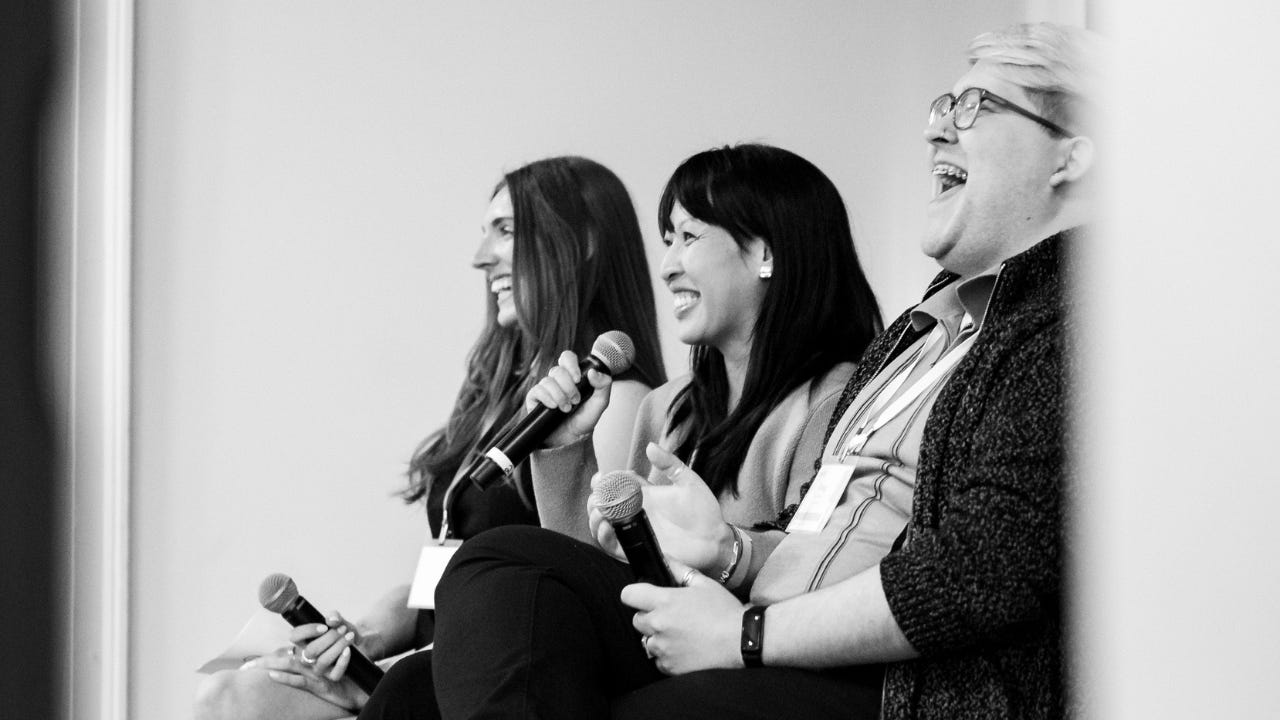
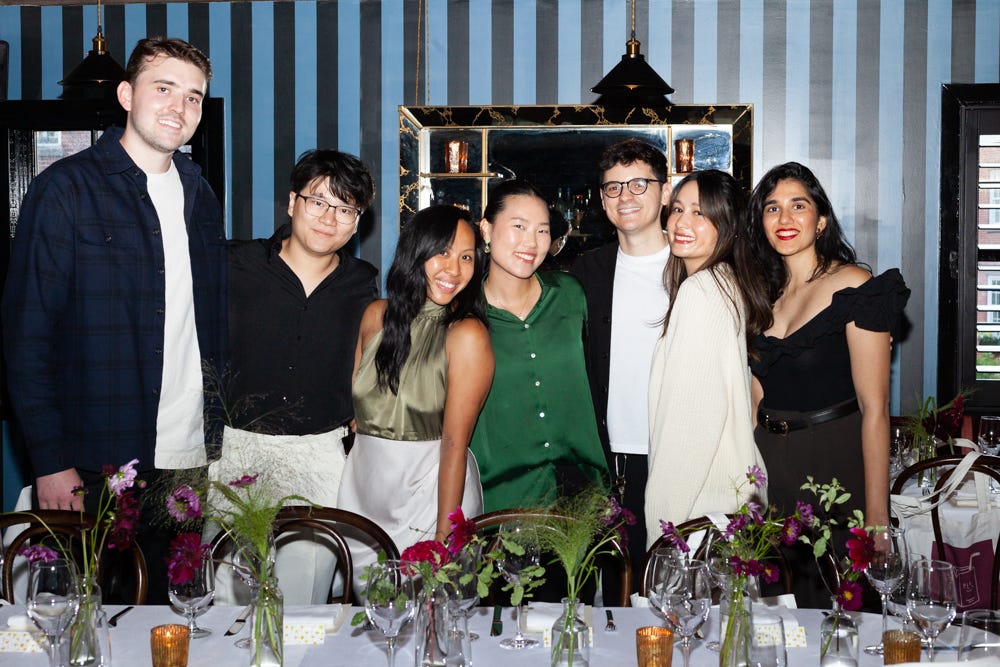
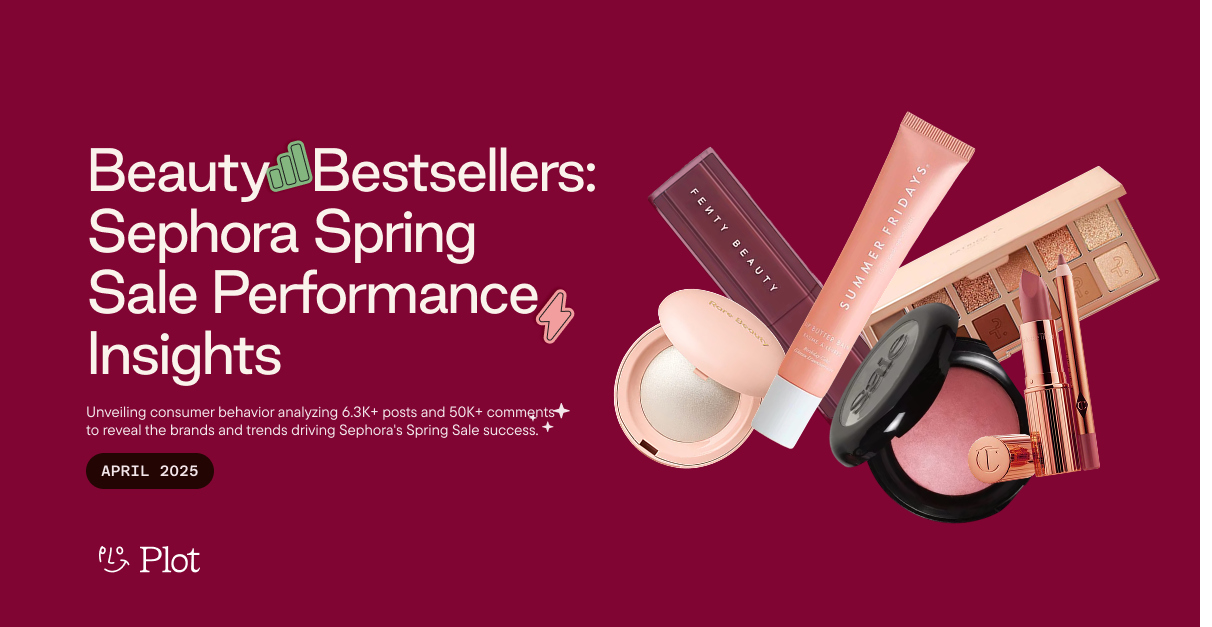
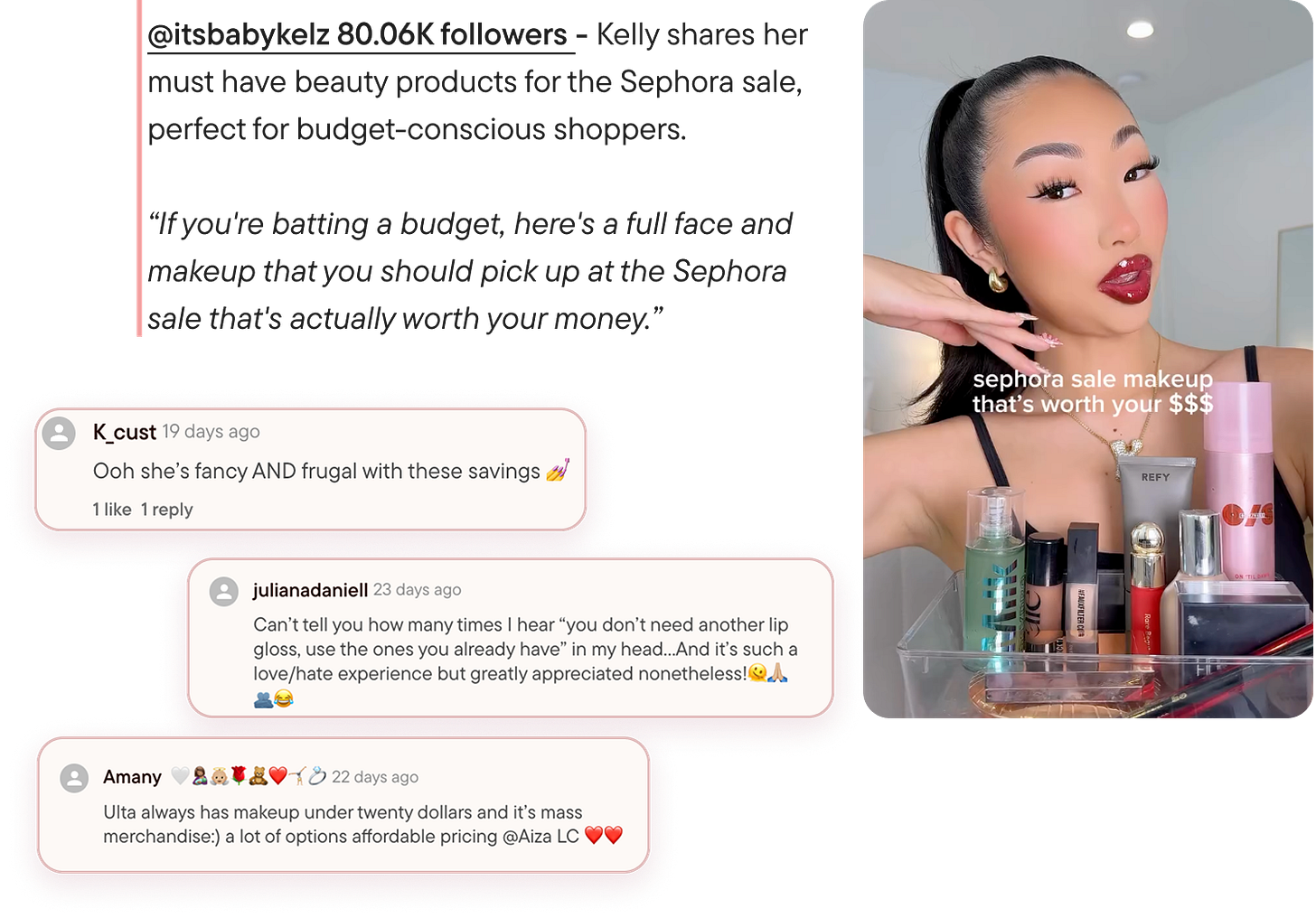
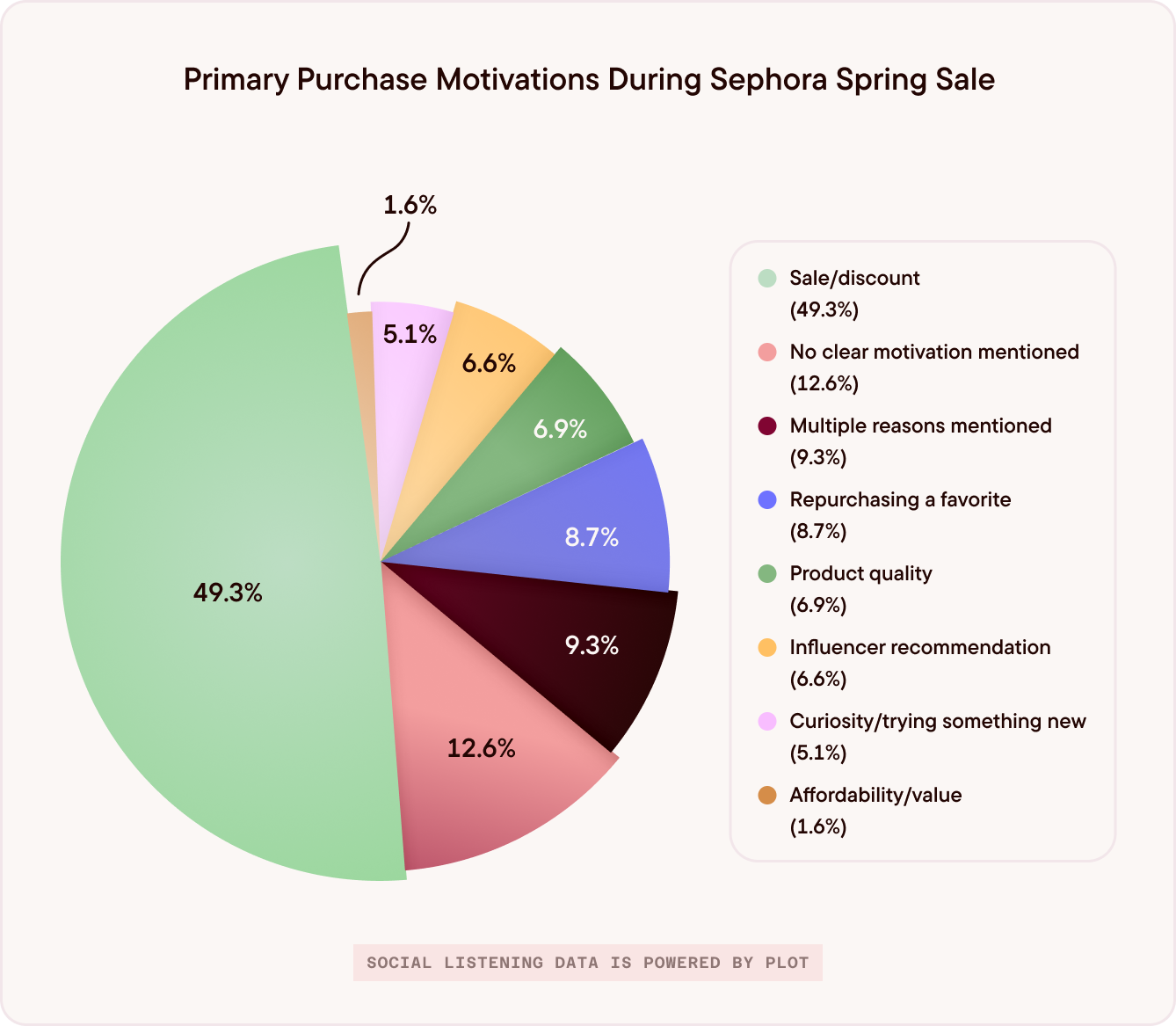
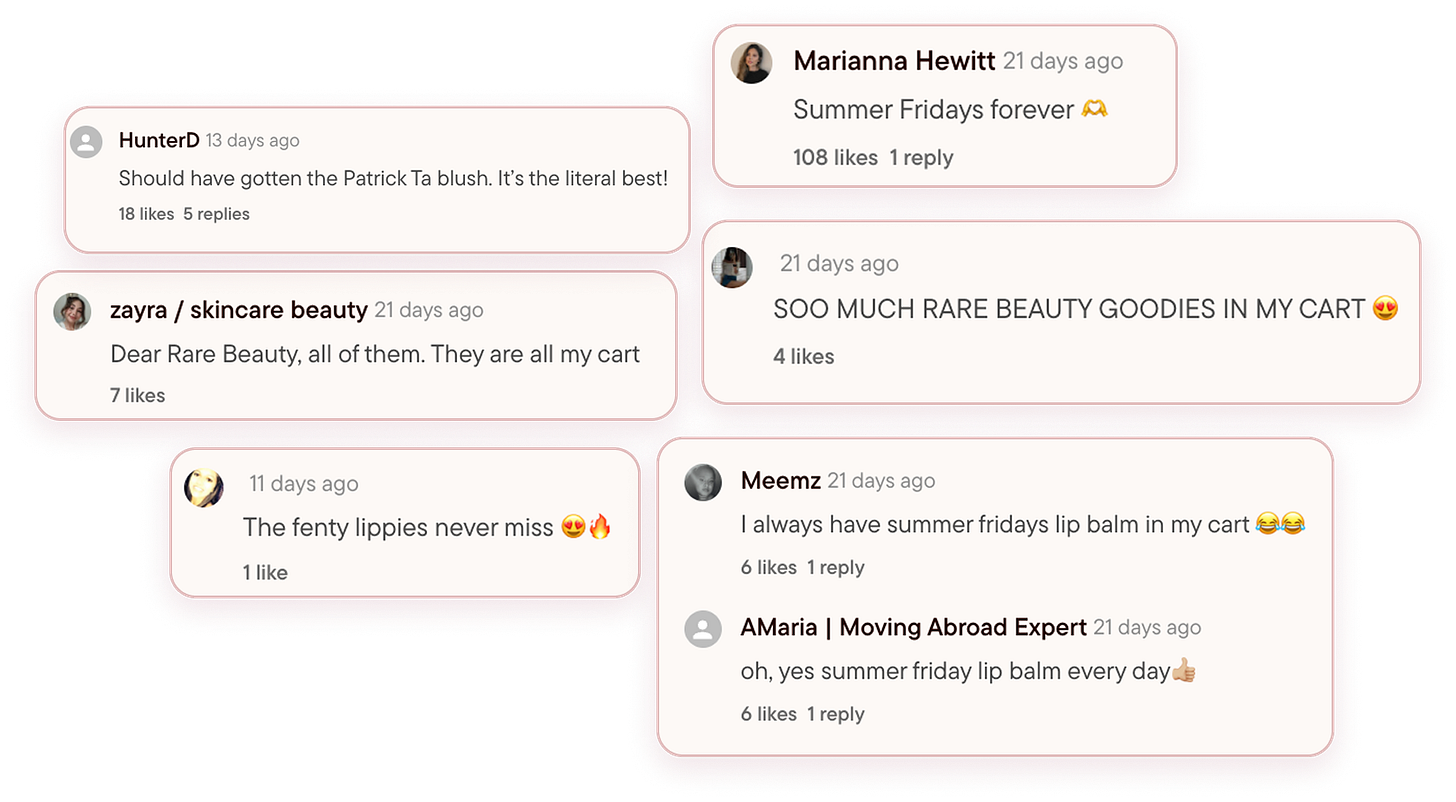
I could honestly read your writing and insights all day!